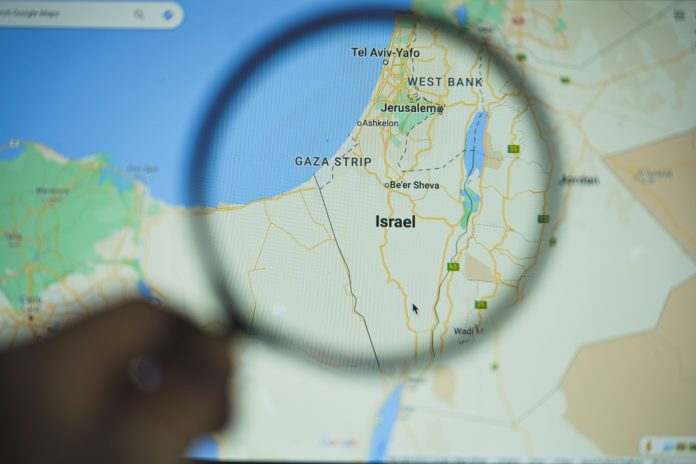
Hamas stands battered yet resilient, as a provisional ceasefire casts uncertainty over its future role in Gaza amidst regional turmoil.
At a Glance
- A ceasefire deal between Israel and Hamas, mediated by the U.S., Qatar, and Egypt, is in place.
- The deal features three phases over six weeks, with hostages released and Israeli withdrawal from Gaza.
- Ceasefire signals potential halt in hostilities but future Gaza governance is unclear.
- Hamas remains a dominant force, controlling displacement camps despite losses.
Ceasefire and Hostage Deal
A new ceasefire and hostage release agreement mediated by the U.S., Qatar, and Egypt holds, offering a temporary pause to the intense military operations in Gaza. Over six weeks, this deal outlines the phased release of hostages and Palestinian prisoners, Israeli pullback from Gaza, and increased humanitarian aid. The Israeli government’s approval remains a crucial factor for full implementation.
This agreement represents more than just a temporary ceasefire. It opens up pivotal discussions about the reconstruction of Gaza, regional political strategies, and how Israeli-Saudi normalization efforts may evolve. While the global spotlight is primarily on logistics, experts weigh the impact on solutions regarding the two-state proposal and Netanyahu’s political plays.
A Fragile Peace
The current situation reflects a region undergoing significant upheaval. Israel’s actions have not only weakened Hamas but also diminished the influence of major powers like Hezbollah and Iran, signaling a potential realignment of political dynamics. These developments present an opportunity for Israel to solidify its security position while shaping the future of regional stability.
“Trying to bypass Hamas will be like burying your head in the sand,” said Ibrahim Madhoun, an analyst close to the terrorist group.
Despite this precarious positioning, the ceasefire could, if solidified, allow Hamas to regain its footing in Gaza amid humanitarian recovery efforts. However, the threat of resumed hostilities looms, especially if Hamas regroups or strengthens its foothold, compelling Israel to reconsider its military posture.
The Role of International Influence
Israel’s military campaign has effectively targeted Hamas’s infrastructure, reaffirming its commitment to safeguarding its citizens and securing its borders. As international attention intensifies, Israel faces the challenge of maintaining its strategic objectives while managing global expectations. The ceasefire deal highlights Israel’s pragmatic approach to balancing immediate security needs with broader diplomatic priorities, including advancing U.S.-led normalization efforts with Saudi Arabia, which promise to strengthen alliances and enhance regional stability.
For Hamas, regaining regional strength remains a key goal, though it faces significant obstacles. Despite the temporary calm, Hamas continues to hold sway over local power structures, maintaining its influence. While recruitment efforts persist, global oversight is crucial to ensuring Gaza’s recovery and preventing the resurgence of Hamas, ensuring that peace efforts are not undermined by further instability.





